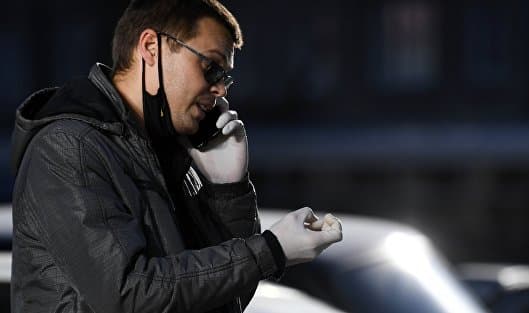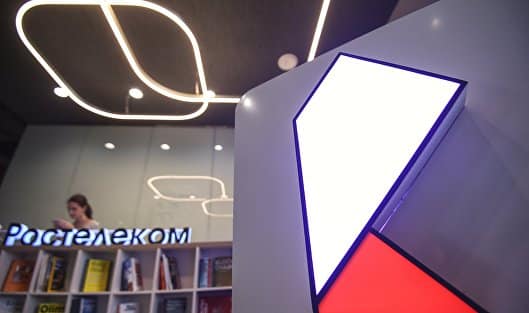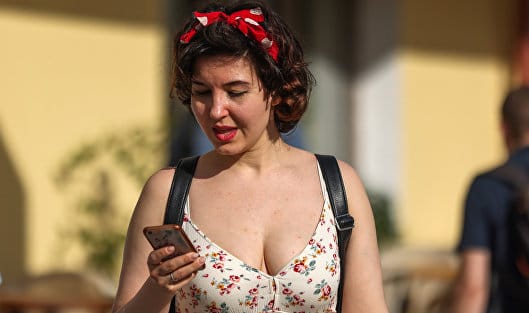MOSCOW, 10 Oct — PRIME, Oleg Krivoshapov. It is becoming increasingly difficult for Europe to meet its natural gas needs, and the accusations against Russia are of little help in this. “Prime” decided to figure out where European buyers are now looking for an alternative to Russian supplies.
The Saudis finished off Biden: how Riyadh confused Washington’s cards in the oil game
CHALLENGE ISSUED
“I will challenge Putin – no heating until November,” says the proud remark of a journalist from the authoritative British edition of The Times. However, I would like to advise Janice Turner, who became famous overnight: “Better challenge Xi Jinping, find extra gas before the Lunar New Year.”
Problems with the provision of gas to households and industrial enterprises did not arise in Europe today, and it was not at all political problems that caused them. Back in 2021, when the energy crisis was already raging on the world market, Europe made a mistaken bet on the growth of supplies of liquefied natural gas (LNG), which, according to the logic of officials from Brussels, should have been supplied to the region’s terminals in volumes sufficient to the key spot site Title Transfer Facility (TTF) not only did not grow, but also significantly decreased. However, it turned out the opposite: the cost of volumes in the off-season increased significantly due to the general acute shortage and fierce competition for them with Asia, and with the onset of cold weather, it became even harder to resist the powerful potential of Asian markets.
The sharp reduction in gas supplies from Russia this year due to a number of circumstances, one way or another related to the harsh sanctions pressure of the “collective West”, only worsened the situation and aggravated the deficit.
NEEDS AND REALITY
To understand this, let’s look at how much gas Europe needs and how much it receives. The annual volume of consumption in the region is about 600 billion cubic meters. According to the president of the National Liquefied Natural Gas Association (LNG) Pavel Sarafannikov, own production is able to cover only a third of the needs – about 200 billion cubic meters. Thus, a total of about 400 billion cubic meters must be purchased on foreign markets. Therefore, the “loss” of Nord Stream, with its more than 100 billion, is a very significant amount, one fifth of all gas consumption in Europe, the expert draws attention.
“If we are talking about LNG volumes, then Europe can take about 200 billion cubic meters,” he continues. These deliveries are critical for the region today as never before. But it is far from a fact that he will receive all the necessary volume.
“It is by increasing imports of liquefied gas that the European market compensates for a significant part of the losses with the volume of Russian gas, but they need to be fought for, including with Asian importers, offering a higher price,” agrees the Deputy Director General of the National Energy Security Fund (NESF) Alexey Grivach.
Norway is now the largest supplier of gas to the EU and the UK. The volume of deliveries is about 120 billion cubic meters per year, Grivach specifies. Norway, among other things, is one of the main beneficiaries of the extremely high prices for natural gas on the European spot market, the expert believes.
In any case, about 170 billion cubic meters of gas still remain in short supply, Sarafannikov calculated. There are no guarantees of deliveries of such volumes now, and there is clearly not enough free gas on the market.
Of course, we should not forget about the ongoing supplies from Russia. So far, pumping through the GTS of Ukraine is preserved, but this route cannot be called reliable for obvious reasons. There is the Turkish Stream, which supplies Turkey and part of southern Europe with Russian gas. “The second line of the Turkish Stream now has some free capacity, in the range of 10-15 million cubic meters per day,” says the deputy head of the FNEB. “But during the heating season, if there are no force majeure circumstances, it will be quickly selected as it was in some months of this year”.

The US figured out how to “milk” Europe for its own whim
The same applies to the Trans Adriatic Pipeline (TAP), which is a European extension of the Southern Gas Corridor (SGC). “It works on the European market even with a slight excess of the design capacity, but due to the backlog in the development of the resource base, this is due to a reduction in supplies from Azerbaijan to the Turkish market,” Grivach explains. Simply put, in order for gas to appear in a certain place, it must be withdrawn from another route.
WILL RESERVES HELP
At the same time, the Europeans in 2022 coped with the task of filling their underground gas storages (UGS), says Vyacheslav Kulagin, director of the Center for Energy Research at the Institute for Pricing and Regulation of Natural Monopolies of the National Research University Higher School of Economics. But with the onset of cold weather, demand began to strengthen and the possibilities of “resupplying” were reduced. “You need to understand very clearly the specifics of underground storage facilities,” says the specialist. “There is a common capacity and there is a working, active one that can be used.”
Last year, 47 billion cubic meters were pumped into Europe’s storage facilities, Kulagin points out. “And in a good way there, fifty-odd can be“ lifted ”from the storage,” he says.
This is 10% of total consumption, the expert notes. “What is UGSF? To make it clear, this is a certain container where gas was driven under pressure. And then it comes out. But ten percent per year is not much. It is clear that it is taken in winter, when there is a peak in consumption,” Kulagin notes. .
Thus, any drop in volumes on the supply side will intensify the energy crisis in the world in the context of the autumn-winter season that has started. Simply put, Europe is in an extremely difficult situation, and now it simply has nowhere to take additional volumes of gas. And the aggravation of the deficit due to some force majeure can force not only The Times journalist to freeze until Christmas or even longer.















